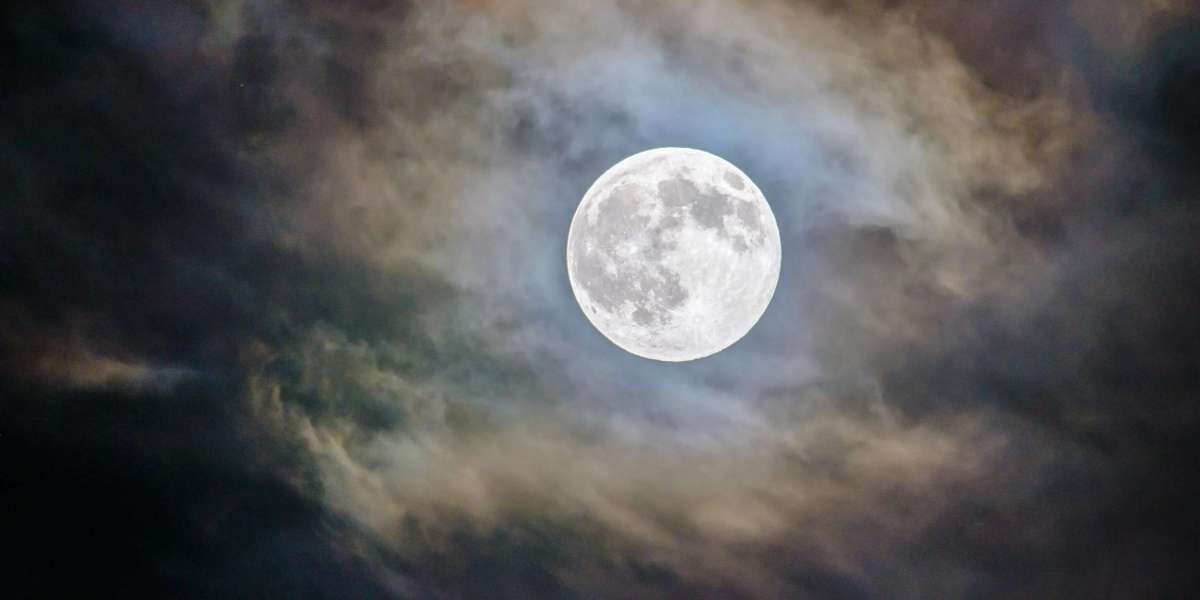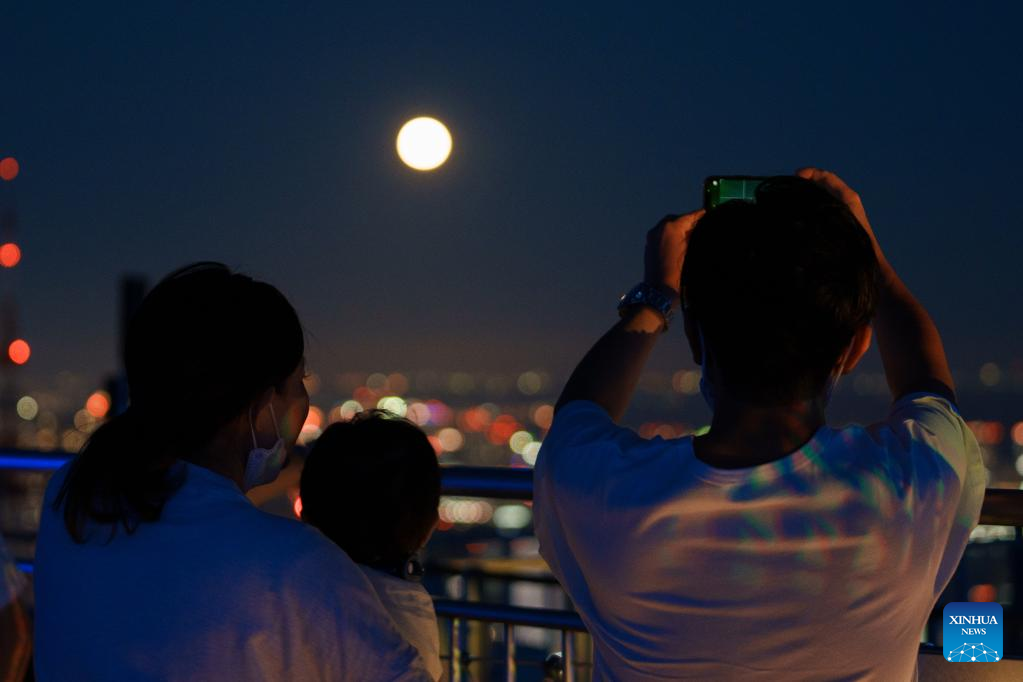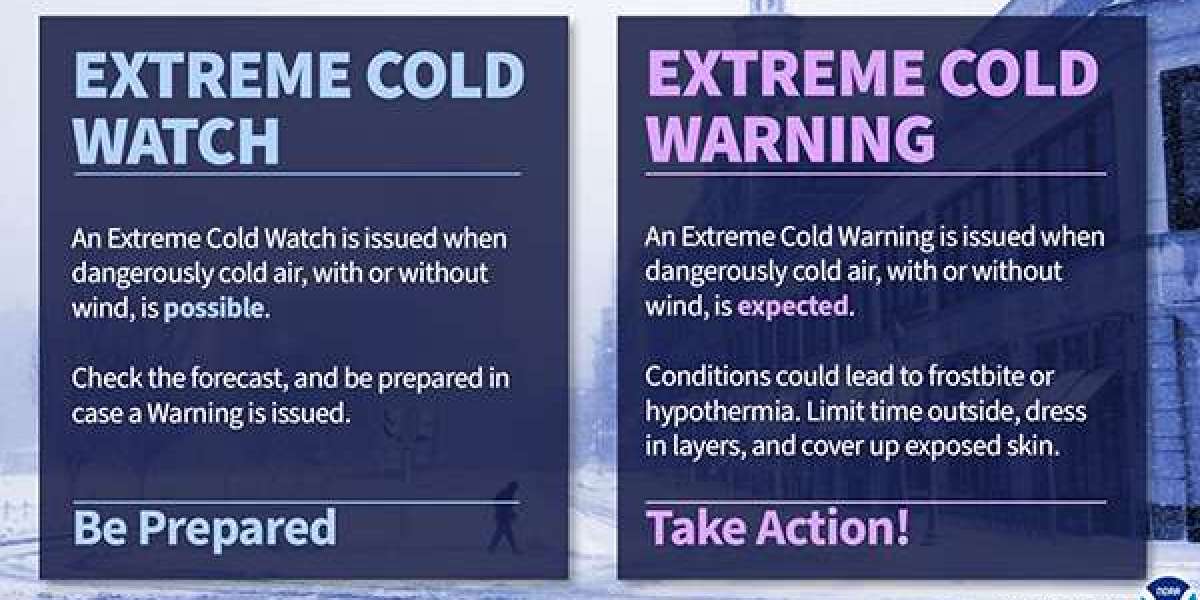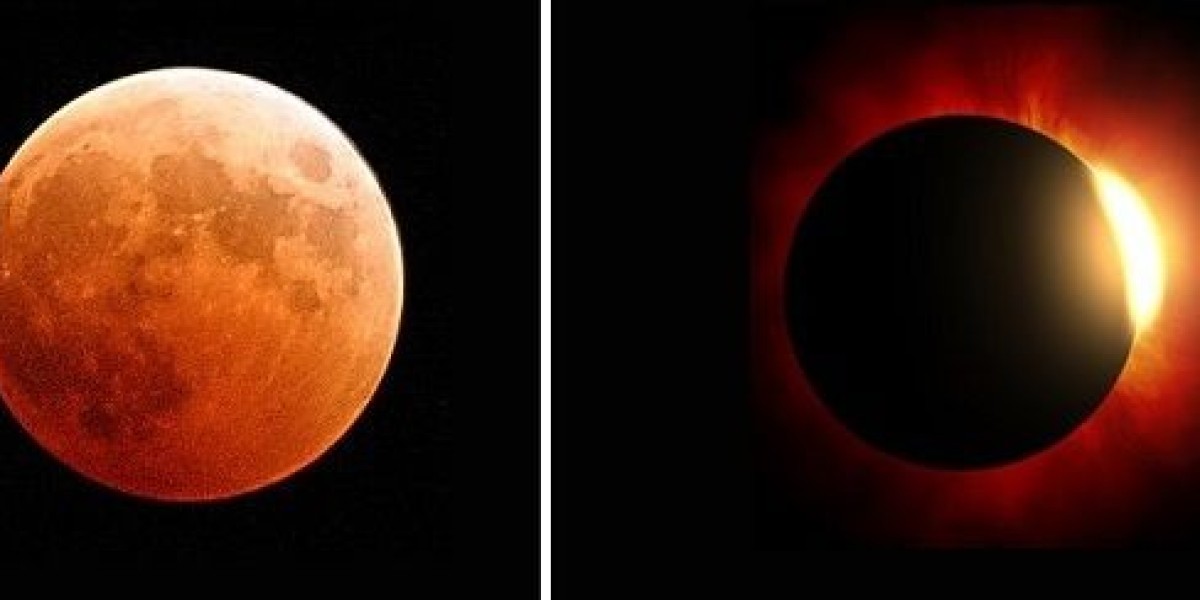article image source: sensoryland.com (link)
As fall settles over the Northern Hemisphere, the skies are preparing a stunning display: the Harvest Supermoon of 2025. Rising on the nights of October 6 and 7, this full moon isn’t just another celestial event — it marks the first full moon of autumn, a supermoon, and one of the brightest lunar events of the year.
With meteor showers and comet flybys also taking place, October 2025 is shaping up to be one of the most exciting months for stargazing in years.
advertisement
Where We Are in the Lunar Cycle
Back on August 21, the Moon was in its waning crescent phase, with just 3% visibility and nearing the end of its 29.5-day cycle. The next new moon followed soon after, leading into another full cycle that culminates in October’s dazzling full moon.
The October full moon, also known as the Harvest Moon, is special because it’s the full moon that occurs closest to the autumn equinox (September 22 this year). While September often claims the Harvest Moon, in 2025 the lunar calendar places it squarely in October.
Why This Full Moon Is So Special
The Harvest Moon of 2025 is more than just a seasonal marker — it's a supermoon, a term used when the Moon reaches perigee, or its closest point to Earth in its elliptical orbit. On October 6–7, the moon will appear up to 14% larger and 30% brighter than average. Its golden glow will be especially noticeable near the horizon during moonrise.
This year’s Harvest Moon officially reaches fullness at 11:47 PM EST on October 6 (or 3:47 PM UTC on October 7), but it will appear bright and full to the naked eye on the nights immediately before and after. On October 5, the nearly full moon will even shine just above Saturn, creating a rare and striking pairing in the night sky.
“The Harvest Moon is the full moon closest to the September equinox. Its light historically helped farmers work late into the night during harvest season.”
— Old Farmer’s Almanac
When and How to Watch the Harvest Moon
The best time to observe the Harvest Moon is at dusk on October 6 or 7, shortly after moonrise. For a stunning view, find a high, open spot with a clear view of the eastern horizon. During the first 15 to 20 minutes after rising, the moon will glow deep gold or orange — an atmospheric effect caused by viewing it through more of Earth’s atmosphere.
You don’t need special equipment, but binoculars will enhance the experience by revealing details like craters and dark lava plains (known as mare). Dress warmly and bring something comfortable to sit on — you’ll want to linger under this golden moon.
October's Celestial Bonus: Meteor Showers and More
While the supermoon steals the show early in the month, October’s night skies are packed with meteor showers — and even a couple of comet flybys.
Meteor showers like the Draconids, Orionids, and Taurids are active throughout October. Though the brightness of the full moon may wash out fainter meteors, many of these showers are known for bright fireballs that can still be spotted.
__ Key Celestial Events – October 2025
| Date | Event Description |
|---|---|
| Oct. 5 | Nearly full moon near Saturn |
| Oct. 6–7 | Harvest Supermoon |
| Oct. 8 | Moon at perigee (closest to Earth this month) |
| Oct. 8 | Draconid Meteor Shower peak (~10 meteors/hour) |
| Oct. 14 | Southern Taurids peak (fireball-rich) |
| Oct. 21–22 | Orionid Meteor Shower peak under a new moon ? |
| Oct. 21–22 | Closest approaches of comets Lemmon & SWAN R2 |
| Oct. 31 | Waxing gibbous moon on Halloween (~70% lit) |
| Nov. 5 | Next full moon: Beaver Moon (also a supermoon) |
What Is A Supermoon? | Video - VideoFromSpace
What Is a Supermoon?
A supermoon occurs when the moon is both full and at or near perigee, the point in its elliptical orbit closest to Earth. This makes the moon appear significantly larger and brighter than usual.
In 2025, the Harvest Moon will sit just 224,599 miles (361,457 km) from Earth — about 10% closer than its average distance. This event will be the first and most dramatic of three consecutive supermoons, making it a must-see.
Cultural Significance of the Harvest Moon
The term Harvest Moon dates back centuries, named for the way its bright light allowed farmers to continue harvesting crops after sunset. But across cultures and regions, the October full moon has many other poetic names.
Alternate Names for the October Full Moon
| Culture / Tradition | Name |
|---|---|
| Western (Colonial) | Hunter Moon |
| Dakota | Drying Rice Moon |
| Anishinaabe | Falling Leaves Moon |
| Ojibwe / Haida | Freezing or Ice Moon |
| Cree | Migrating Moon |
Each of these names reflects the natural changes and activities associated with this time of year.
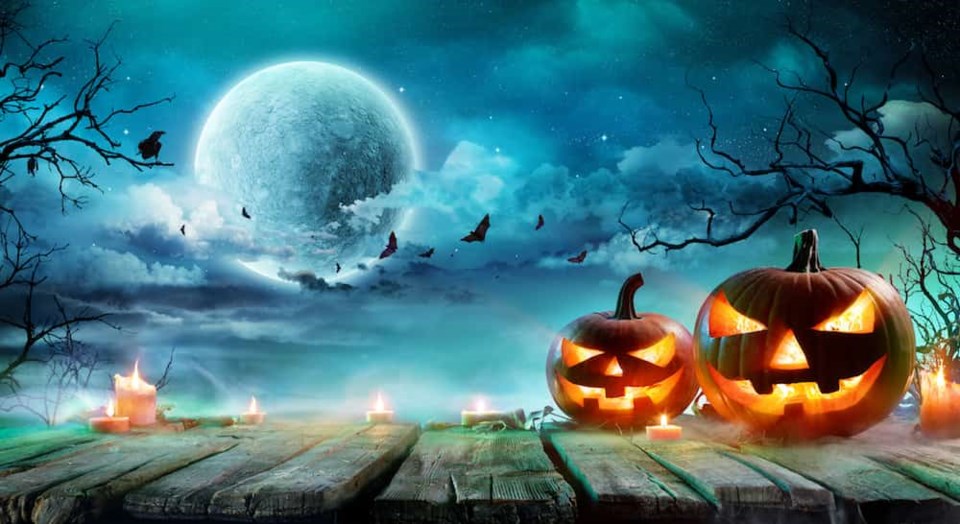
image source: vancouverisawesome.com - copyright Photo: Getty Images
What to Expect on Halloween Night
Although October 31 won't feature a full moon in 2025, the waxing gibbous moon will still be a sight to behold. Around 70% illuminated, it will cast an atmospheric glow perfect for spooky celebrations.
Interestingly, when a full moon does fall on Halloween, it's considered a "Boo Moon" — a rare event that occurs roughly every 18–19 years. The last Halloween full moon was in 2020, and the next won't occur until 2039.
Moon Phases & Events Timeline – Fall 2025
AUG 9 → Last Full Moon (Sturgeon Moon)
AUG 21 → Waning Crescent (3% visibility)
SEP 7 → Full Moon (Corn Moon)
SEP 22 → Autumn Equinox
OCT 5 → Nearly Full Moon + Saturn conjunction
OCT 6–7 → HARVEST SUPERMOON
OCT 8 → Perigee + Draconids Meteor Shower
OCT 14 → Southern Taurids Peak
OCT 21–22 → Orionids + Comet Flybys
OCT 31 → Waxing Gibbous (~70% illuminated)
NOV 5 → Beaver Moon (Supermoon)
In Summary
The next full moon, rising on October 6–7, 2025, is no ordinary lunar event. As the brightest supermoon of the year, this Harvest Moon will illuminate the autumn sky in spectacular fashion. With meteor showers, comet flybys, and even a planetary conjunction to complement the view, it’s the perfect time to look up and reconnect with the rhythms of the cosmos.
Whether you’re a seasoned astronomer or a casual moon-gazer, make sure to mark your calendar — this is one lunar moment you won’t want to miss.
Thank you !
